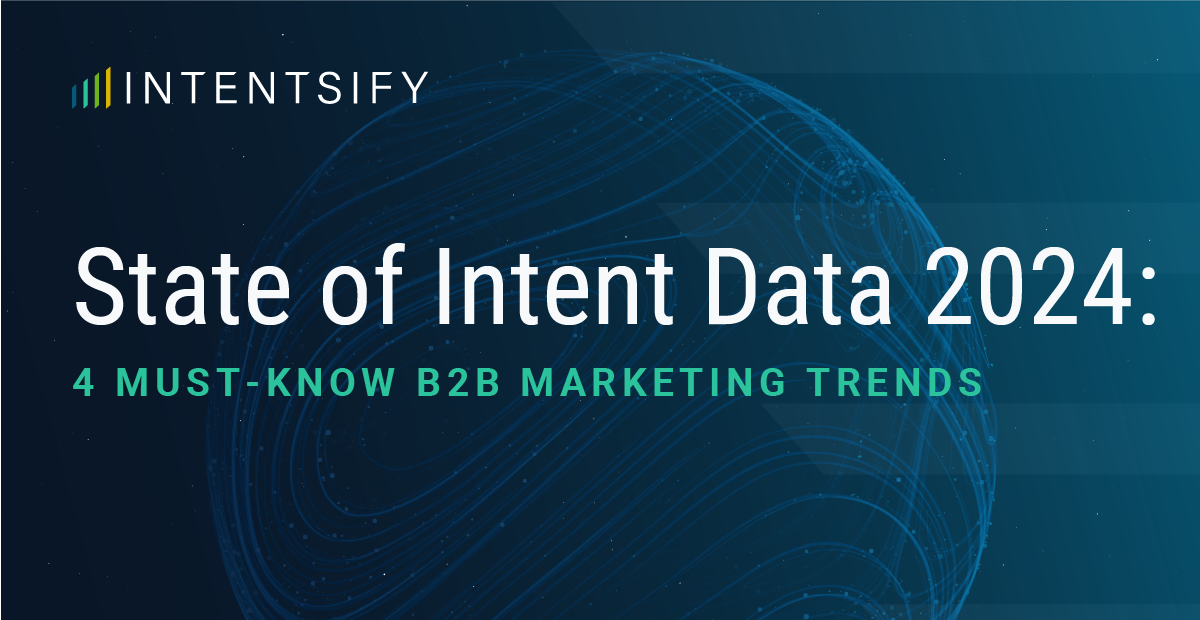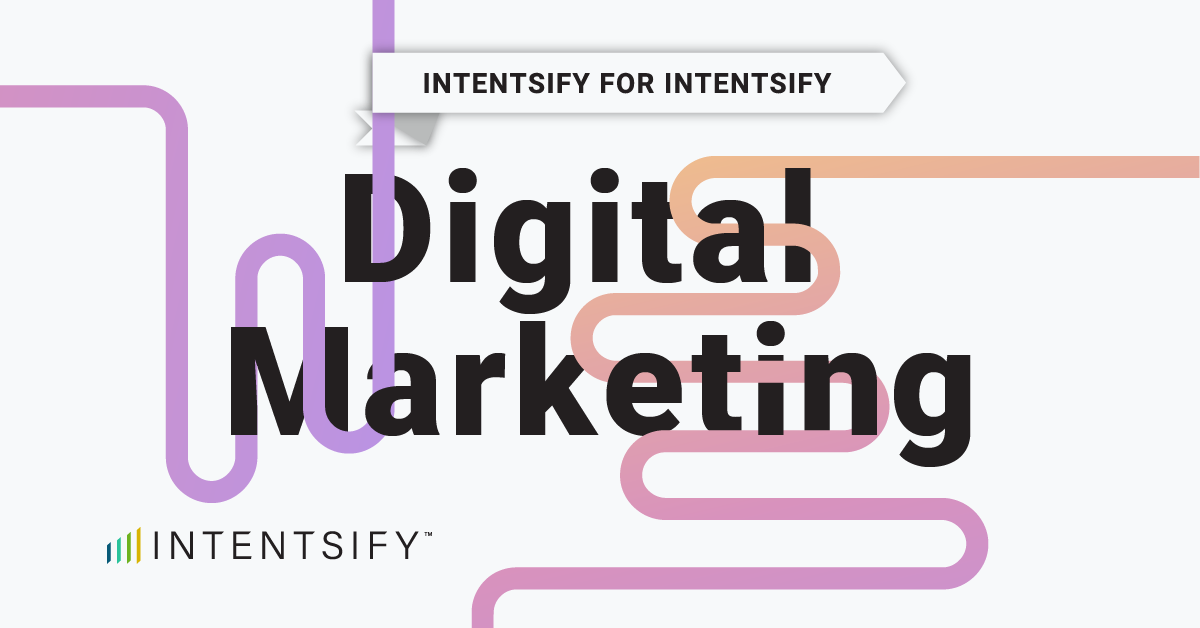A version of this article was originally published on CMSWire.
Much about B2B marketing has changed over the last decade (and arguably even more so over the past year). To be sure, such transformations have affected content marketing just about every step of the way.
Throughout the rise of social media, the near ubiquitous adoption of marketing automation platforms, the shift toward account-based strategies, and the advent of more recent innovations like intent data, the way B2B marketers leverage content has continued to evolve.
I’ve often been impressed by some brands’ content marketing efforts over this period. Just as often, however, I’ve seen organizations and marketers continue to fall into common content traps. Considering 60% of marketers create at least one piece of content each day (according to eMarketer), such content traps can greatly undercut their hard work and waste valuable resources.
Content marketing mistakes largely result from several misconceptions about what content marketing is or how it should be done. Here’s a list of what I’ve found to be the most common and costly of such mistakes, and how to rectify them.
Mistake #1: Always highlighting your products in your content
Sure, as marketers we’ll always need late-stage content that helps our prospects choose our solutions over the competitors’. Yet, when prospects first begin their buyer’s journey, they’re usually focused on gaining a better understanding of specific problems or challenges.
In fact, it’s very unlikely they’re even aware they’ve initiated a buyer’s journey. And if all your content simply hypes your products as a panacea for your prospects’ pain points, they’ll gradually start seeing your brand as annoying and opportunistic.
It’s far more valuable—for your organization and your prospects—to introduce your brand to target audiences as a credible, helpful source of information in the space. To do this, your content should educate audiences on their specific concerns and even provide potential solutions unrelated to your products.
Mistake #2: Reusing or repurposing the same content—over and over
There’s certainly value in repurposing content. Different people prefer to consume content in different ways—podcasts versus ebooks, infographics versus blogs, etc. (See Mistake #4.) However, the ways individuals perceive their challenges are just as varied as their content-format preferences.
Marketers must accommodate these varied perceptions with empathy. We must frame the issues from the prospect’s perspective and then provide helpful information and potential solutions in a manner that is most easily understood by that particular segment of our target audience. This obviously necessitates creating a lot of new content, with fresh ideas and insights.
John Mancini, President of Content Results, LLC, hit the nail on the head when he wrote in his CMSWire article:
“Successful inbound marketing requires a LOT of content, in a variety of forms. A lot more than one realizes when you start a content marketing initiative.”
Now, when you think about how inbound marketing is only one of several necessary conduits for successful content marketing, the challenge is exasperated. Which brings us to the next misconception…
Mistake #3: Using your content only for inbound marketing efforts
As much as I admire Hubspot, sometimes I think the strength of the Hubspot team’s marketing efforts—specifically on the topic of inbound marketing—has resulted in marketers limiting the impact of their content efforts.
As I’ve written many times before, inbound marketing alone rarely produces the level of demand B2B marketing teams are increasingly expected to create. This is partly due to the major shift toward account-based marketing (ABM) strategies. For most brands, it’s just not realistic to expect that enough target accounts will come across your content via your website and social posts.
Further, a saturation of inbound marketing tactics—blogging, webinars, SEO, social media, etc.—has made scaling inbound performance more difficult, time-consuming, and expensive.
While inbound marketing will always be important, B2B organizations can multiply the impact of their content investments by also using assets to bolster sales-outreach efforts and fuel third-party demand generation campaigns.
By third-party demand, I’m referring to any demand (i.e., leads, contacts, inquires, etc.) initiated via a third-party channel or source (opposed to your own website, landing pages, or social profiles). One of the most effective third-party demand gen channels of late is content syndication, which has seen a great resurgence in 2020.
To be sure, expanding your content’s reach past your website and social media is greatly important. Jon Vann Sprecher, Director of Marketing Strategy at Beutler Ink, highlights another key reason for leveraging your content beyond inbound marketing:
“It seems counterintuitive for many marketers to push their content outside their own ‘walled garden.’ But expanding your marketing surface beyond what inbound efforts allow enables teams to focus more on deeply effective communication and education, removing pressure for each piece of content to convert or die.”
Mistake #4: Assuming all individuals among a targeted persona share the same content preferences
As I briefly discussed in Mistake #2, individuals prefer different content formats. As Mark Nardone, Executive Vice President of PAN Communications, suggests in his recent CMSWire article, marketers should,
“Switch up the format of your content: If your customer is always on the go, then consider shorter, more digestible content that they can easily read on a mobile device. However, if your target customer is a chief security officer that sits on video conferences all day, they may prefer longer-form content behind their desktop at specific times of the day or week.”
I tend to take this idea a bit further. Not all chief security officers prefer long-form content. And some individuals from the same persona will be “on the go,” while others won’t be. Myriad factors beyond our persona inputs determine these preferences. For example, think about the lifestyle differences between individuals with multiple children and those without any; there’s often a big “on the go” difference there, but I’ve never seen a persona line item for “Number of children.”
My point: It’s a good idea to create and repurpose content into numerous formats to ensure its widest appeal among your target audiences.
Mistake #5: Thinking digital content has made prospect decision-making easier
True: It’s easier than ever for prospects to access the content they need to inform buying decisions. Yet, the typical buying group now consists of 6-10 decision-makers. So, when each of these decision-makers consumes 4+ pieces of content independently of one another (as Gartner’s research has found), the result is a lot of conflicting information, frustration, and slow decision-making.
Marketing teams all too often forget about the flood of content through which decision-makers must wade. Winning new business requires us marketers to help prospects navigate the information overload by first understanding their primary concerns and needs, and then providing them with the most relevant, helpful content.
Used correctly, intent data can be incredibly beneficial in this regard. Uncovering target accounts’ research activities, intent signals can inform your content development and distribution efforts at every stage of the buyer’s journey. (See blog post “A Guide to Using Intent Data for Content Marketing.”)
Mistake #6: Neglecting the needs of your sales and customer success colleagues
Prospects and customers aren’t your only audience. It’s important to keep in mind that sales and customer success teams can greatly benefit from marketing content. This is especially true for start-ups and smaller organizations lacking content resources dedicated to these functions.
Not only is it a good idea to frequently survey sales and customers success reps to improve your understanding of prospect and customer needs, but you should also think about what kinds of content (both new and repurposed) could support their efforts. As more B2B organizations adopt cross-functional account-based strategies, such collaboration will become increasingly important. As Jon Vann Sprecher puts it:
“Even though many marketing organizations may have a formal lead-handoff process with their sales team, such a linear progression isn’t reflective of the organic nature of the buyer’s journey. Sales reps often have great success reaching out to prospects who are early in their journey. And it’s often very useful to draft or repurpose educational, top-of-funnel content for sales-enablement material—according to sales’ specific needs—allowing SDRs and sales reps to meet prospects where they are.”
Mistake #7: Assuming that what worked yesterday will work today
No year has proven this point better than 2020. Over the past year, we’ve seen covid-19 affect content’s format (e.g., a ton of webinars and videos), tone (e.g., sensitivity regarding economic insecurity, social inequality, and politics), and distribution (e.g., a shift from in-person events to content syndication programs).
While we’re unlikely (hopefully) to see similar events disrupt content marketing efforts to such a large extent anytime soon, it’s worth noting the vast importance of context to content marketing. Your audiences don’t consume content in a vacuum. Experiences shape the way we all absorb ideas. Being cognizant of what your prospects are experiencing when creating content for them is key to ensuring it has the intended effect.






